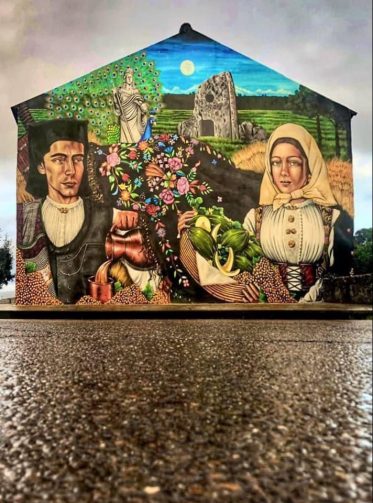The town of Lunamatrona lies on a slight slope to the east on the inland plain of Marmilla enclosed between the Siddi and Gesturi jars and the hilly area of Trexenta.
It covers 21 square kilometers, and includes 1629 inhabitants (as of 12/31/2022).
It is characterized by an irregular urban layout. The dwellings have in common the characteristic of being arranged in the center of the lot, enclosed by high walls, the entrance to which is a wide, often arched doorway.
HISTORY AND ORIGIN OF THE NAME
A number of oxydian centers have been identified in the area, which may suggest a frequency of settlement dating back to the pre-Nuragic period.
Certainly the center was inhabited since the Nuragic age, as evidenced by the ruins of several nuraghi; it was also frequented in the Roman period as attested by the extraordinary quantity of tombs, sketched and finished tools made of obsidian.
In the Middle Ages (see Compendium of St. Mary’s) the town was part of the giudicato of Arborea and the curatoria of Marmilla.
In 1426, along with the curatoria it became part of the marquisate of Oristano.
In the Savoy period in 1798 it passed to the ossuaries de la Cueva in whose possession it remained until the abolition of feudalism (1939).
The later phases of historical events can be reconstructed by consulting the municipal historical archives located in the library adjacent to the St. Mary’s Medieval Compendium.


